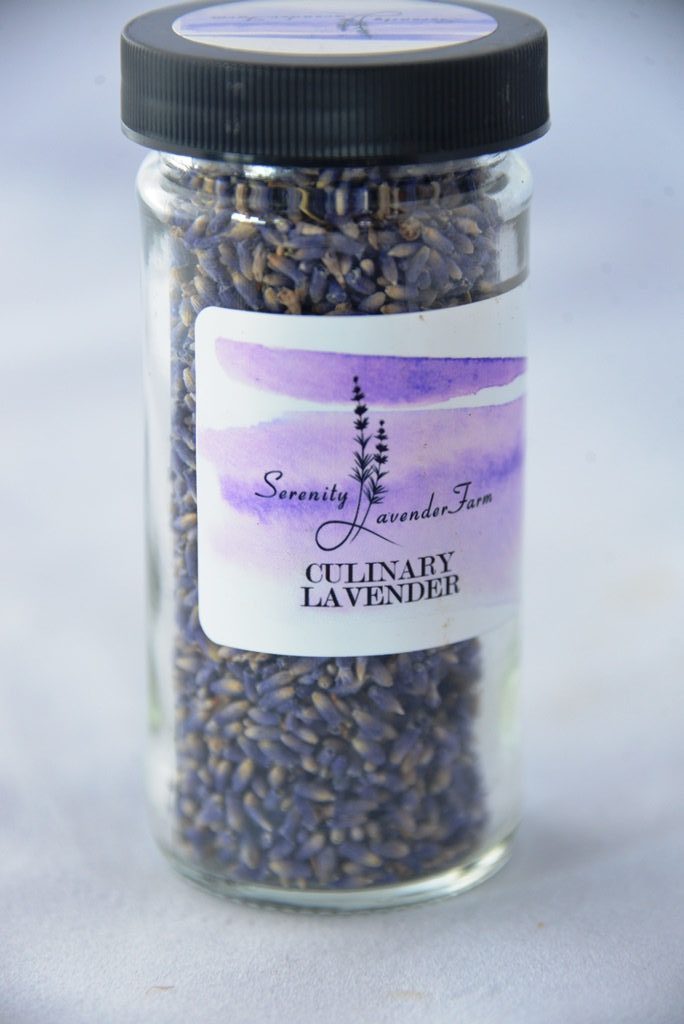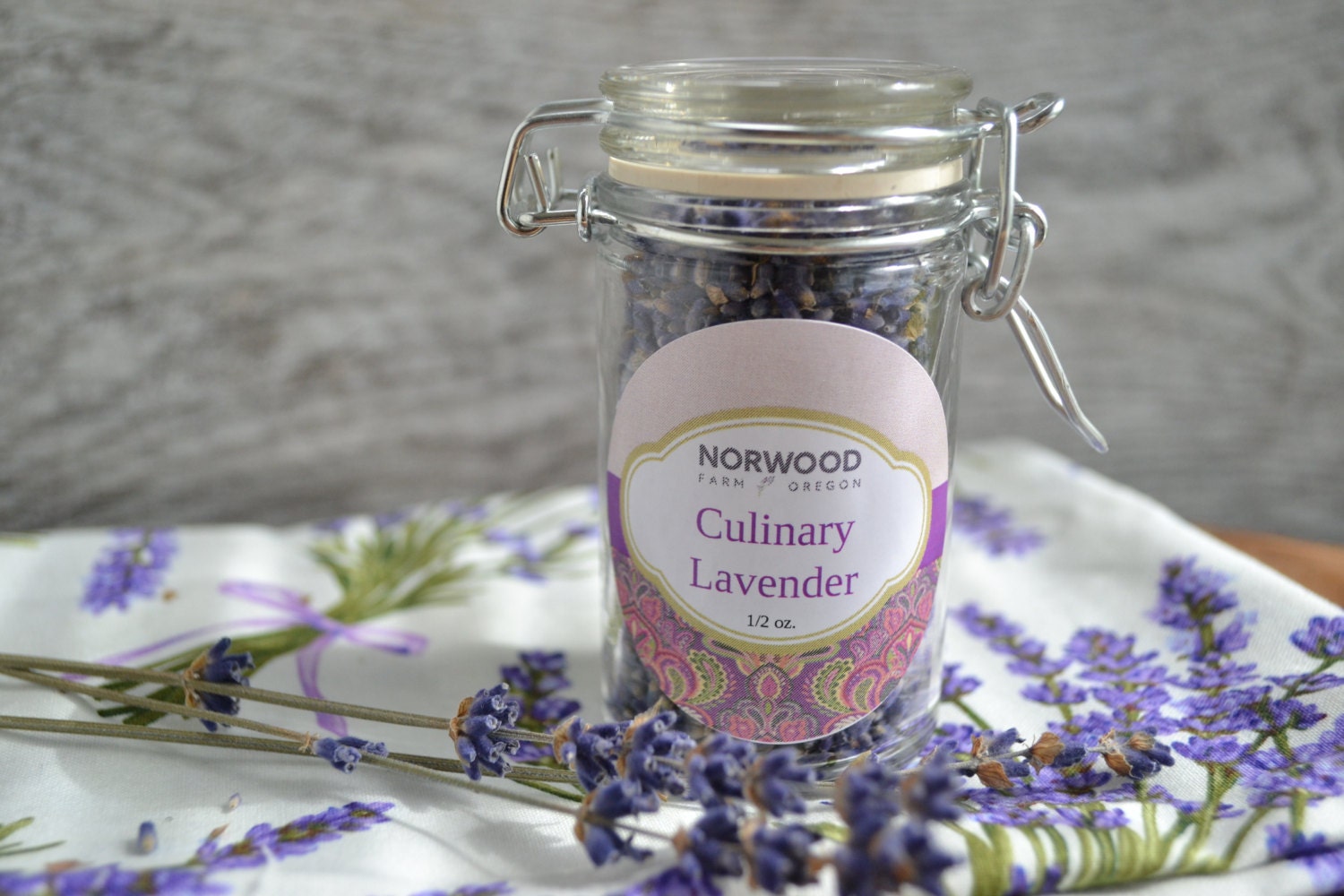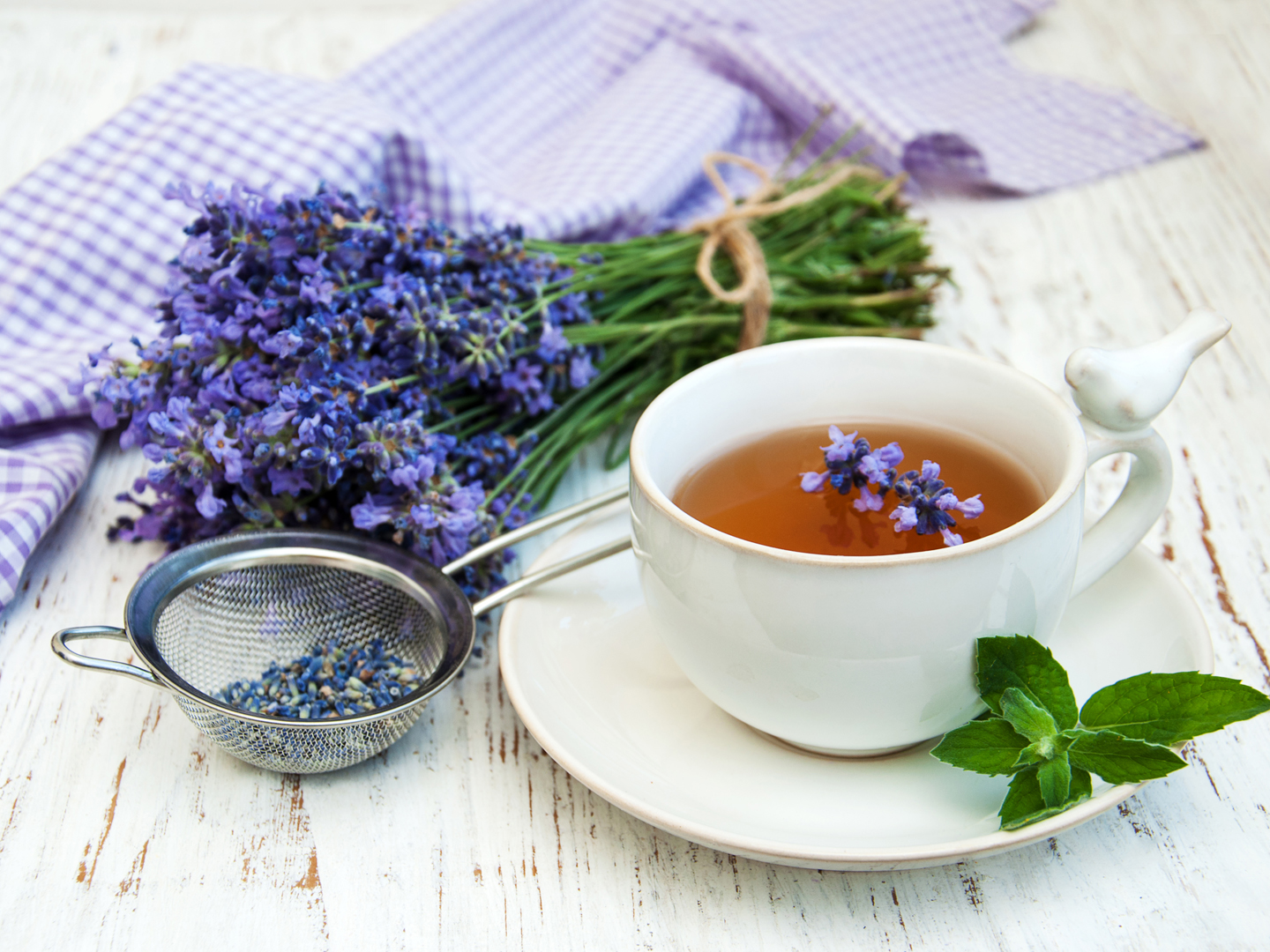
Lavender Herb Culinary lavender, Lavender herb, Culinary
Culinary lavender is unique and bold, making it extremely versatile in recipes and perfect for elevated everyday cooking. While out at the Arizona Lavender Festival we learned all about culinary lavender, from the soil conditions and growing season to its delicious culinary applications. So, let's get into the nitty gritty roots of this iconic.

Serenity’s Culinary Lavender Serenity Lavender
Crushing a fresh sprig of lavender releases a scent that is familiar and intense, and an instant tonic. Traditionally the defining ingredient in soaps, essential oils, and sachets to keep linen fresh, the perfumed herb is enjoying a culinary moment. But the use of lavender as an edible herb is a surprisingly recent development given its ancient pedigree as a perfume and medicine and its.

Lavender Culinary Grade Lavender Cooking Lavender Cooking
2 teaspoons dried culinary lavender; 1 1/2 cups wild blueberries or wild berry mix; 2 tablespoons coconut sugar; Instructions. Place a medium saucepan over medium heat and add coconut milk, almond milk coconut milk and coconut palm syrup (or honey) Whisk until smooth and well combined and mixture comes to a slight simmer (takes several minutes).

lavendarsimplestrain Recipes, Baking, Food
Culinary lavender is sold both fresh and dried at many spice shops, farmers markets, and health foods stores, as well as chains like Whole Foods and Trader Joe's. If the lavender isn't.

Culinary Lavender HGTV
TEARELAE - Premium Dried Lavender Flowers - 5A Top Grade - 100% Natural Edible Flowers Culinary Dried Lavender Buds - for Baking, Tea, Soap, Bath Bombing, Candle and Sachets - 3oz/85g. 3 Ounce (Pack of 1) 653. 50+ bought in past month. $999 ($3.33/Ounce) $9.49 with Subscribe & Save discount.
__21914.1528358863.JPG?c=2?imbypass=on)
Culinary Lavender, as low as 1.39/ounce OliveNation
While it may sound cool to purchase a pink or white lavender, these lavender buds dry grey and aren't very visually appetizing in food. For cooking, we recommend lavandula angustifolia varieties that dry a deep, dark purple. All of the culinary lavender we sell is "Royal Velvet" for this reason.

FileCulinary fruits front view.jpg Wikipedia
Lavandula angustifolia, also known as English lavender, is a popular choice for culinary applications due to its sweet, floral aroma and delicate flavor. This variety is prized for its high oil content, which contributes to its intense fragrance and flavor when used in cooking and baking. Another notable culinary lavender variety is Lavandula x.

Culinary Lavender Etsy Culinary lavender, Lavender recipes
GO Tour! White Oak Lavender, a family-run farm, harvests lavender blossoms for their essential oils, fragrance and flavor.

Cooking With Spices Lavender Dr. Weil's Healthy Kitchen
Culinary lavender is defined partly by cultivar and partly by process. First, we begin by harvesting lavender at the optimal time for culinary use. Processing lavender buds begins by drying bundles of lavender and de-budding the bundles (separating the dried buds from the stems). The buds then need to be "cleaned" - sifted through through.

Culinary Uses for Lavender Indoor Plant Guides
Start with a little, taste, and add more as needed. You'll want to either grind the buds (perfect for mixing into sugar), or seep and strain them from a liquid (like in simple syrup or honey). 1 part fresh lavender buds = 1/3 part dried buds. Lavender is often mixed into Herbes de Provence, a blend of strong herbs like rosemary, thyme.

Lockwood Lavender Farm Cooking with Lavender
Culinary lavender is a versatile herb that can enhance the flavor and fragrance of many dishes, from sweet to savory. In this ultimate guide to culinary lavender, we'll explore the best lavender varieties, how to use lavender in your cooking and baking, and provide recipes for lavender-infused beverages, desserts, and spices..

Culinary Lavender Brayfield Park
1 teaspoon dried lavender buds = 3 teaspoons fresh lavender buds. Lavender makes a suitable substitution for rosemary in many recipes. Whether fresh or dried, the leaves, buds, stems and flowers are all wholly edible. You can add fresh or dried lavender buds to dishes and enjoy whole or strain/pick out before serving.

Whole Culinary Lavender Lavender Wind
Pay attention to blue hues and minty aromas in lavender. Culinary lavender can usually be found at farmers' markets or sold by herb vendors. Opting for organic or pesticide-free varieties is.

Pin by on Culinary Lavender Products
Pour a bit more liquid than the recipe calls for into a saucepan, and bring it to a simmer. Once simmering, add the fresh or dried lavender, remove the pan from the heat, cover it, and let it steep, to infuse the liquid with lavender flavor. Strain the lavender buds out before using the liquid in the recipe.

Culinary Lavender
Culinary Lavender is a member of the mint family and is close to rosemary, sage, and thyme. It is best used with fennel, oregano, rosemary, thyme, sage, and savory. English Lavender (l. angustifolia and munstead) has the sweetest fragrance of all the lavenders and is the one most commonly used in cooking. The uses of lavender are limited only.

Hex culinary lavender in a 2.5 oz container
Savor lavender in the kitchen as well as the garden. Many species and hybrids can be drafted for use as a culinary lavender. Fragrance-rich English lavender (Lavandula angustifolia) tends to be a favorite culinary lavender, adding a sweet floral flavor to beverages, desserts, savory dishes and meats. Embracing culinary lavender isn't something new and trendy.